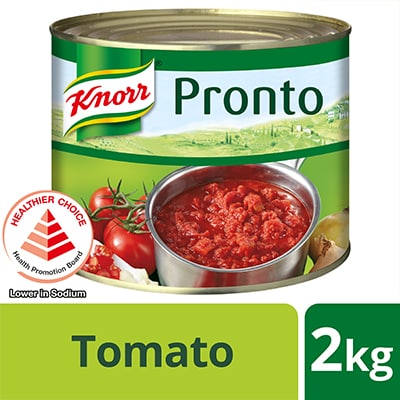What is Sustainable Sourcing?
Are you using sustainably sourced ingredients in your menu? Some of your diners are taking note.
The term “sustainability” has been around for years, but has taken on a more prominent role in the food and beverage industry in recent years – especially given diners’ growing environmental awareness on sustainably sourced ingredients.
If you’ve heard of the terms sustainability, sustainable sourcing, sustainable agriculture, or sustainable farming, but aren’t sure what they mean – we’re here to clear the air.
What is sustainable sourcing?
Sustainable sourcing is the act of looking for ingredients that are sustainably farmed.
That means these ingredients, whether agricultural produce or meat, are farmed with more than economic considerations in mind. Sustainable farmers take into account the environmental and social impact of their farming activities.
For example, indiscriminate farming methods may produce more crops over the short-term but create long-term repercussions like soil damage. Or they may burn entire forests to clear land or create fertile soil for the next season’s harvest, causing long-term damage to the environment around them.
Making a commitment to sustainable sourcing
Because sustainable sourcing prioritises environmental and social concerns above economic ones, companies (such as Unilever Food Solutions) that commit to purchasing sustainably sourced ingredients ensure that they buy their produce and meat from people and places that practice environmental awareness.

Sustainable sourcing and your kitchen
If saving the earth and ensuring the sustainability of our food supplies isn’t reason enough to choose sustainably sourced ingredients for your restaurant, consider this as well. There are growing numbers of diners (yes, even in Singapore) who are awakening to the importance of sustainable sourcing, and are actively choosing to dine at establishments that proudly display their affiliation with the sustainability movement.
But don’t just take our word for it. Take a look at how Chipotle Mexican Grill, a popular restaurant chain in North America and Europe, is making waves (and huge profits) by using sustainable food sources in their menu.
Choose sustainably sourced ingredients – for the earth, our future, and your restaurant
Chipotle’s success can be replicated in Singapore, and it could be your hotel or restaurant that makes headlines – for all the right, sustainable reasons.
The simplest way to get started is by choosing ingredients that are sustainably sourced from a trusted manufacturer like Unilever Food Solutions. By including these ingredients in your kitchen, you’ll help reduce our collective environmental footprint, help people to take action to improve their health and well-being, and enhance livelihoods. Your environmentally and socially-conscious diners will thank you for your efforts.
Knorr Pronto Tomato 2kg
Knorr Pronto Tomato sauce delivers superior quality and taste consistently. Made from 40 freshly-chopped, quality Italian tomatoes together with sunflowers oil and onion, rest assured that the flavours brought out in your Western dishes will be authentic regardless of your staff's skill levels. As a versatile sauce, – use it for your tomato-based spaghetti, dips and even as a soup base for tomato soups. All you have to do is pour out the sauce from the tomato sauce can and heat it up, saving time and effort. With MSG added and endorsed by Health Promotion Board (HPB) as a healthier choice with lower sugar*, provide healthier meals for your diners.
Find out moreKnorr Potato Flakes 2kg
Knorr Potato Flakes offers a versatile, high-quality gluten-free potato base for chefs to work from. Made from sustainable high-quality German potato flakes, it is versatile for creating a variety of different dishes with ease, like creamy croquettes, herb and cheese potato mash or even to thicken a corn soup or as a pie topping.
Find out moreBack to SUSTAINABILITY
What you'll get:
- Access to free Chef trainings
- The best recipes and tips from Chefs around the world
- The latest culinary trends



